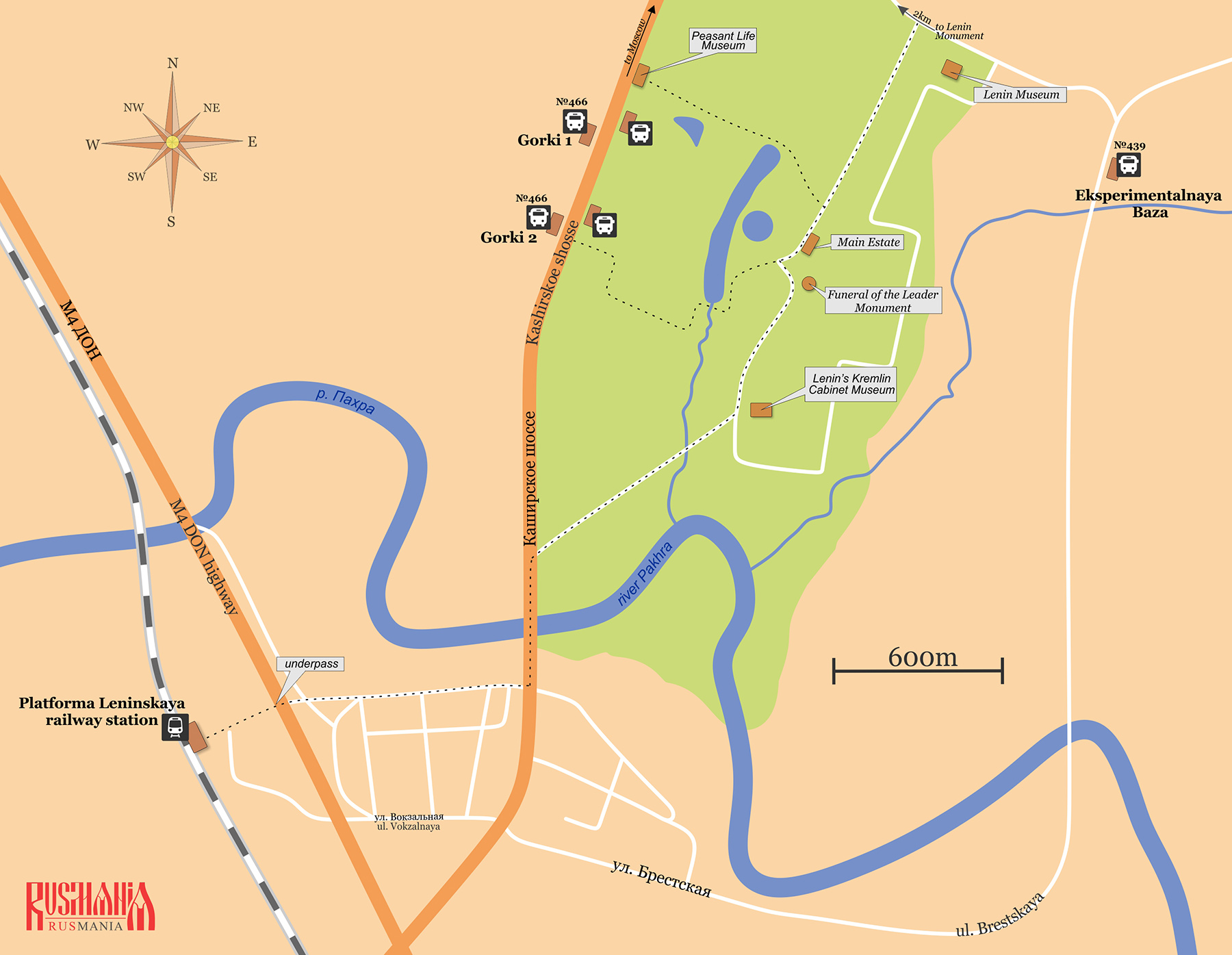Day trip to Leninskie Gorky, Russia
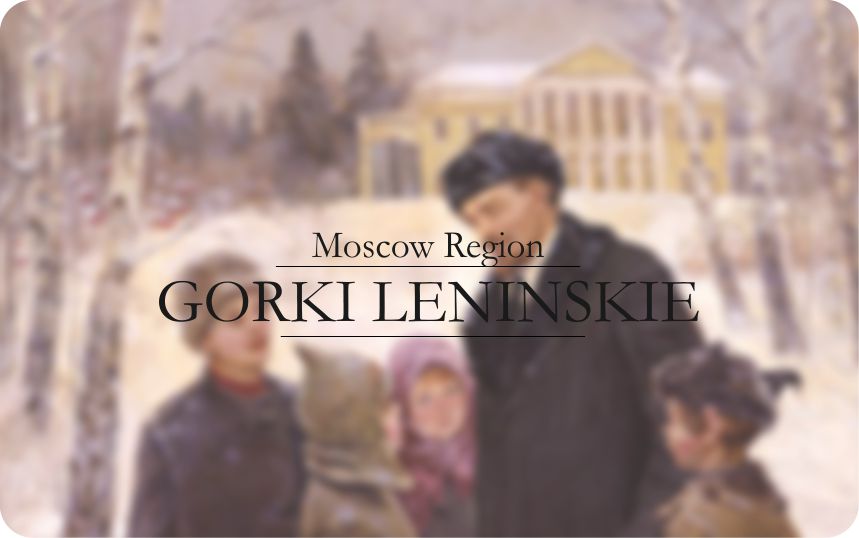
►Moscow ►Day trips from Moscow ►Day trip to Gorki Leninskie
There are a large number of sights in the Moscow Region connected with a famous personality in Russian culture or history. One of the most interesting of these sights, and one which still is not visited by a large number of foreign tourists, is the estate at Gorki Leninskie. It is here that Vladimir Lenin, the leader of the October Revolution, spend his last years, where he died and where his body was first embalmed. From the house here the leader's body was taken by train to Moscow's Paveletsky Railway Station and placed in the mausoleum on Red Square where it remains today.
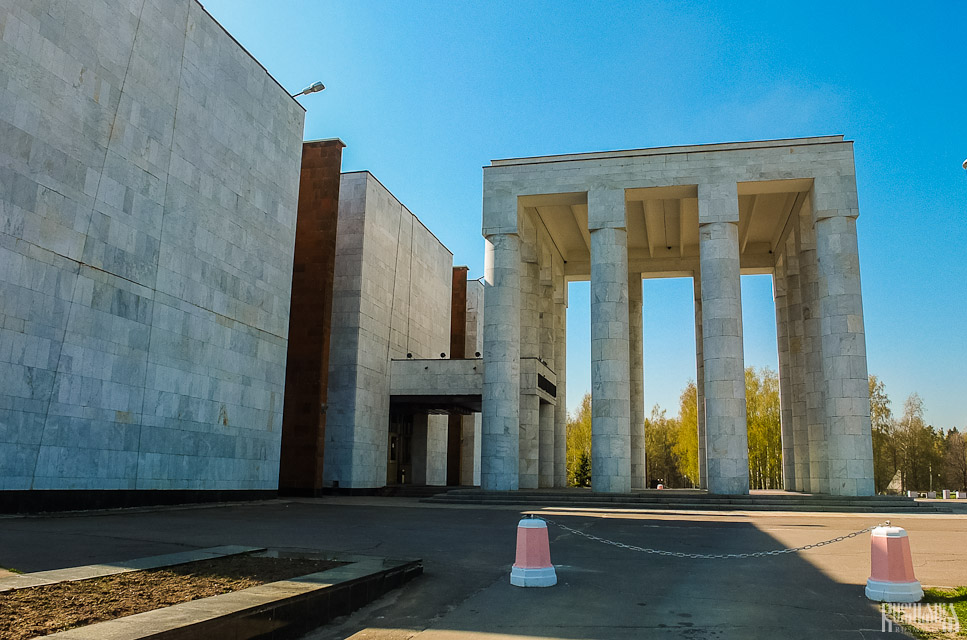
The estate is located 30km from Moscow between the village of Gorki and the settlement of Gorki Leninskie on a high bank of the River Turovka close to where it flows into the River Pakhra. It is an interesting place to visit not just because Lenin died here, but because now there is an interesting contrast of architectural styles – the classical style of the estate house and the Soviet constructivism style of the Lenin Museum, which serves as a time machine back to the Soviet Union.
Overview
| Distances | 43km from Moscow |
| Total travel time | Just over 1 hour by train (Moscow's Paveletsky Railway Station - Leninskaya return) or around an hour by bus (Moscow's Domodedovskaya metro to Gorki return) |
| Accessibility for foreigners rating | 2/5 - not the simplest place to get to without knowing Russian, plus all museum exhibits in Russian. Too difficult for you? Book a tour here. |
Getting There and Back
Although the estate is not located far from Moscow it is not that easy to get to. There are two ways of getting to the estate at Gorki Leninskie – by minibus (marshrutka) or bus or by suburban train (elektrichka). Both methods have their difficulties and you still have to walk a bit to get to the estate from the bus or train stop.
By Elektrichka
Going by suburban train might be easier for those who don’t speak any Russian as it is easier to work out your stop and the train will always stop there. However the railway station is located 3km from the estate so you will then need to walk this distance.
Suburban trains to Platforma Leninskaya leave from Moscow’s Paveletsky Railway Station (Paveletskaya metro station) several times an hour. It takes approximately 40 minutes to get there.
The station itself is an architectural monument built in the Stalinist empire style in 1954. From here the funeral train carrying Lenin’s body left for Moscow. In the very centre of the station is a Lenin Monument, the first you will see on your visit. The station was built in such great secrecy that local people believed that it was a secret bunker being built for the Soviet government. At present the station is a little run down but you can still appreciate its grandness.
Behind the railway station there is a path which leads to an underpass beneath the M4-Don motorway. Then walk along the northern edge of the village of Yam until you get to Kashirskoe Shosse (motorway). Here turn left and walk up Kashirskoe Shosse, over the bridge across the River Pakhra and then after about 250 metres turn left pass the control point and the southern entrance into the estate. At the Lenin Monument turn left onto Traurnaya Alleya (Mourning Alley) which leads to the estate museums.
By bus or marshrutka
Getting to Gorki Leninskie by bus and especially by minibus (marshrutka) can be difficult if you don't speak Russia as it is down to you to find the right stop. Often the bus will not stop if nobody else wants to get off there. You should inform the driver beforehand when you want him to stop.
Buses and minibuses leave from Moscow's Domodedovskaya (Домодедовская) metro station from opposite the Domodedovsky Shopping Centre. There are two buses you can take:
Bus or minibus No. 466 stops at the Gorki 1 (Горки 1) or Gorki 2 (Горки 2) bus stops which are located close to the Peasant Life Museum. It takes around 25 minutes. From here you will then need to walk through a forest area and up a steep ravine, which can be slippery in winter, to get to the estate.
Bus or minibus No. 439 will take you to the Eksperimentalnaya Baza (Экспериментальная база) bus stop which is located around 500 metres to the west of the estate. It takes around 35 minutes. This bus runs less frequently than the No. 466.
Orientation and Main Sights
The estate house where Lenin lived and died is now a museum and this is the highlight of a visit to the estate. However there are three other museums here: the Lenin Museum, Lenin's Kremlin Cabinet Museum and the Peasant Life Museum. In addition there are also several Lenin statues and other Soviet-era monuments all around the large territory of the estate. Therefore you will need several hours if you want to visit everything Gorki Leninskie has to offer. An unusual feature of the museum estate that the only ticket option you have is to buy a ticket for all four museums, even if you only want to visit one or two. Although the tickets do in fact remain valid for two days it is unlikely that many people come back again to see the rest of the estate.
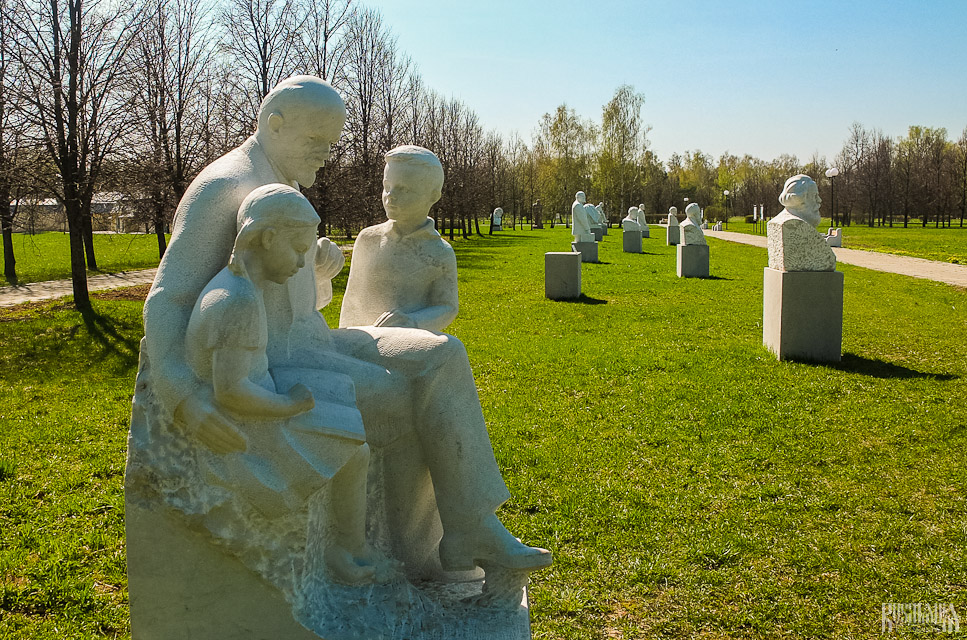
The four museums of the estate are situated over a large territory. The two main museums – the Estate House and the Lenin Museum are located 800 metres from each other. However the walk between is very pleasant as you pass through a sculpture park which has many statues of Lenin and a few of other Soviet leaders, including Stalin.
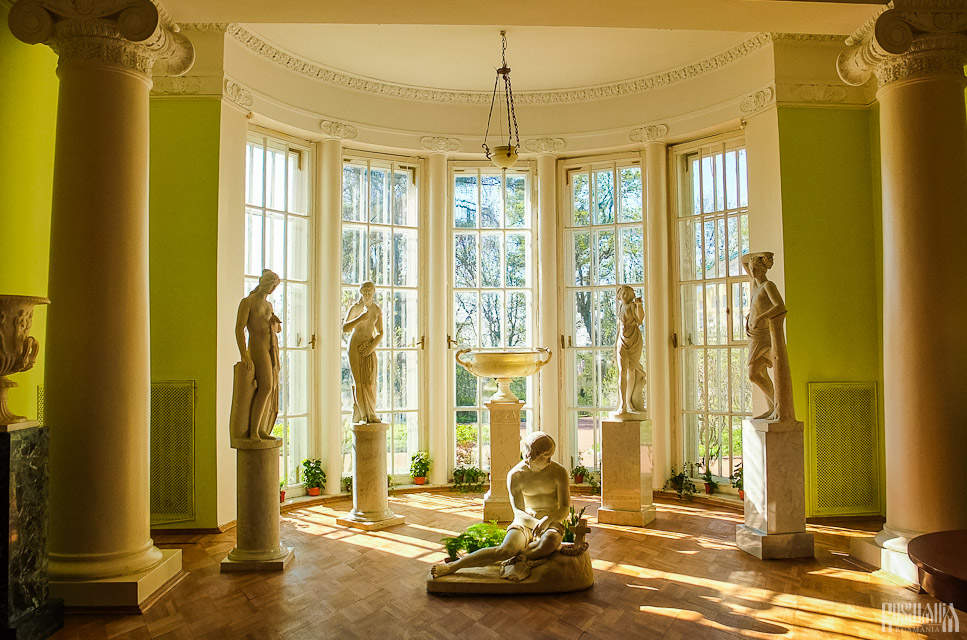
If you are short of time you should head straight for the Estate House where Lenin spent his last years and where he died.
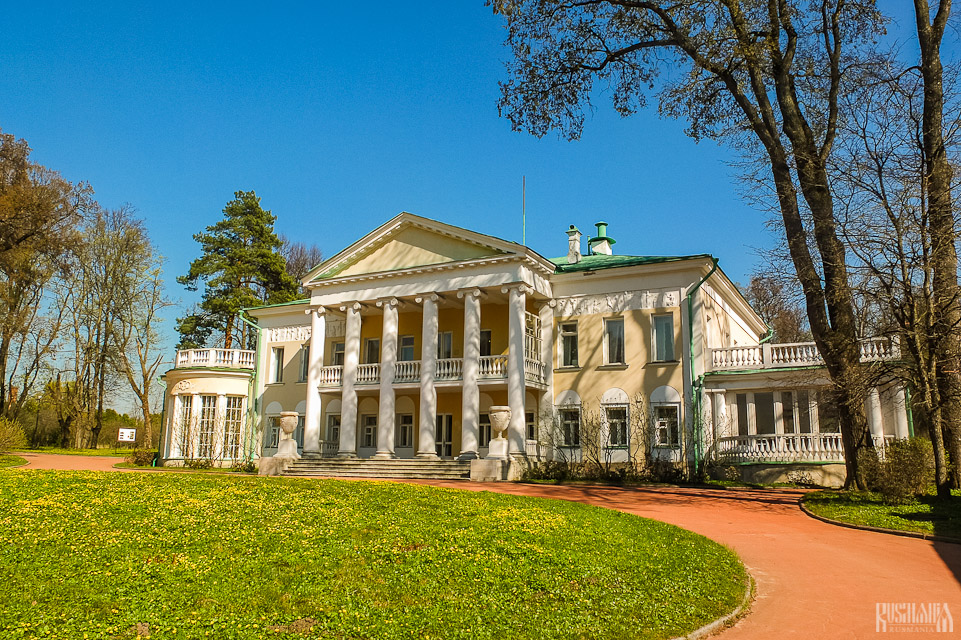
You can only visit the Estate House as part of a guided tour in Russian which takes around an hour. Such tours run about every hour.
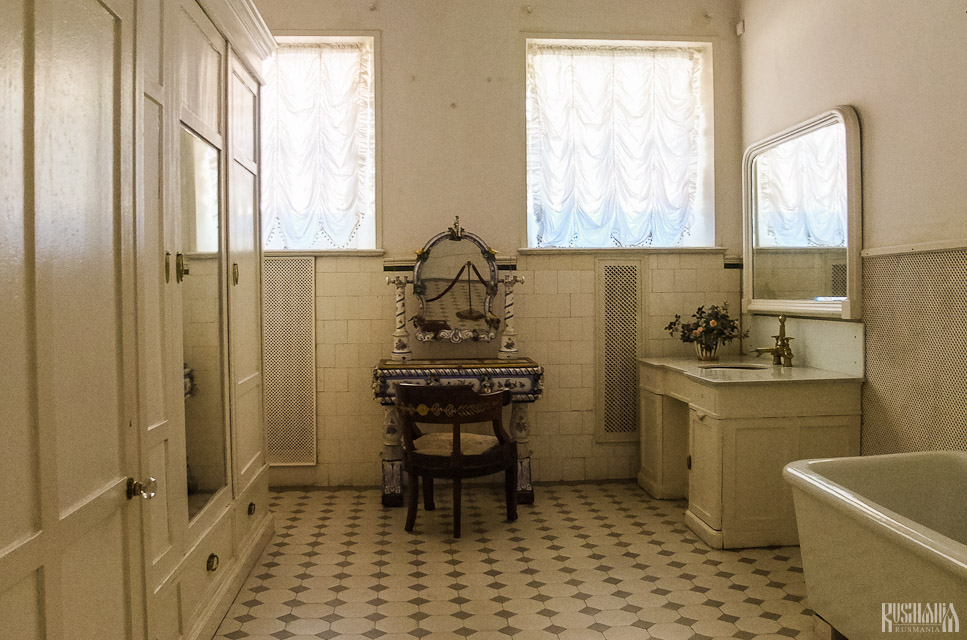
The interior of the house have been preserved as who it looked during Lenin’s time. A visit to the house also includes a visit to the garage where you can see Lenin’s sledge-fitted Rolls Royce.
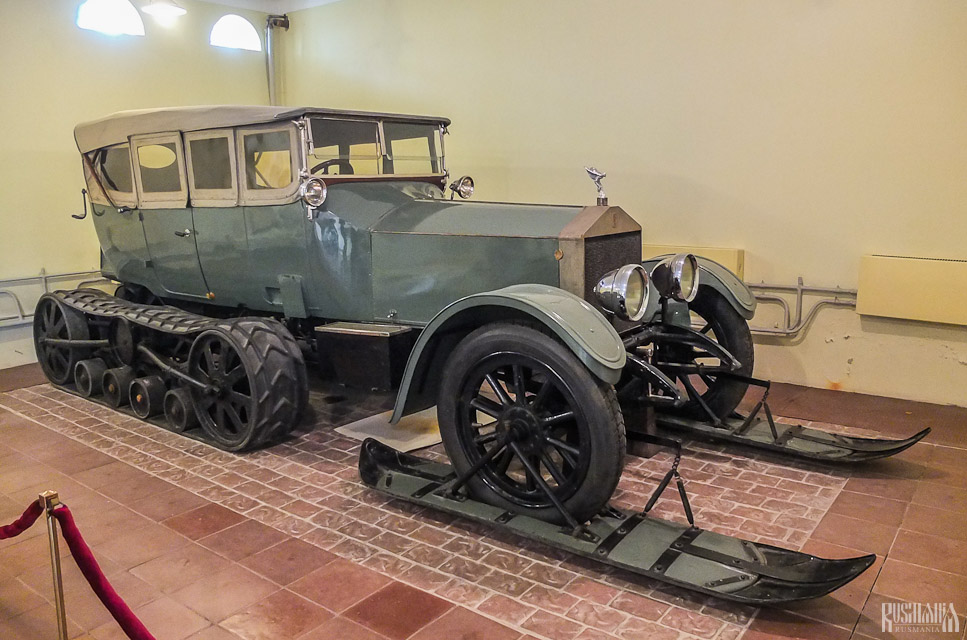
Then you should visit the Lenin Museum which is located in a very Soviet-style building, which is cubic in form to symbolise eternity. It was especially built for a museum in 1987. The interior is now real time capsule of the Soviet era. It details the life of Lenin for a very Soviet view – don’t expect to see any criticism of the leader of the World Proletariat here.
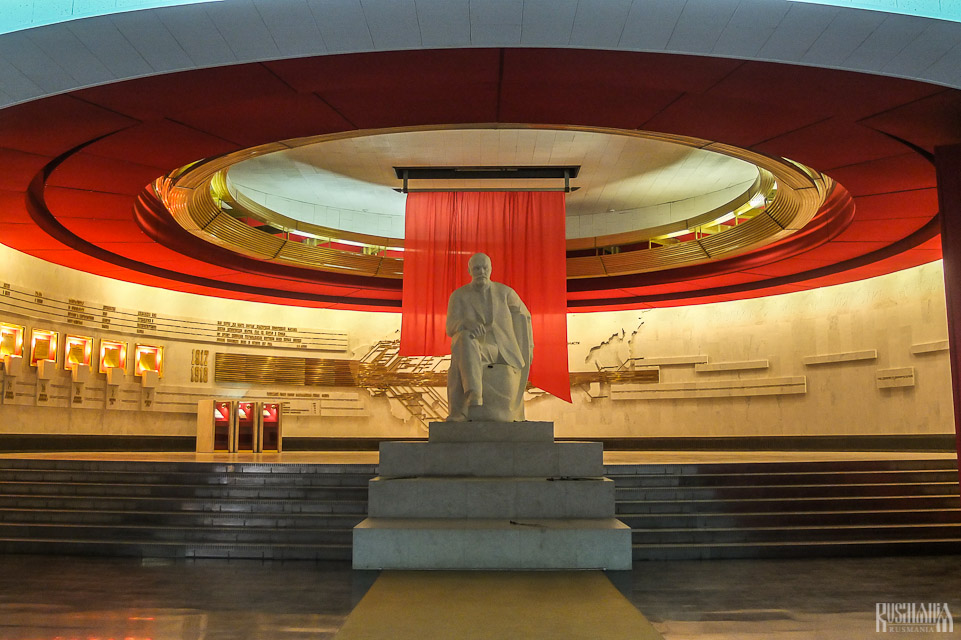
Next you should then visit the Lenin’s Kremlin Cabinet Museum. Upon Lenin’s death his Kremlin cabinet was sealed off and only reopened under Khruschev. It was then turned into a museum until Yeltsin closed it and had the contents transferred to Gorki Leninskie.
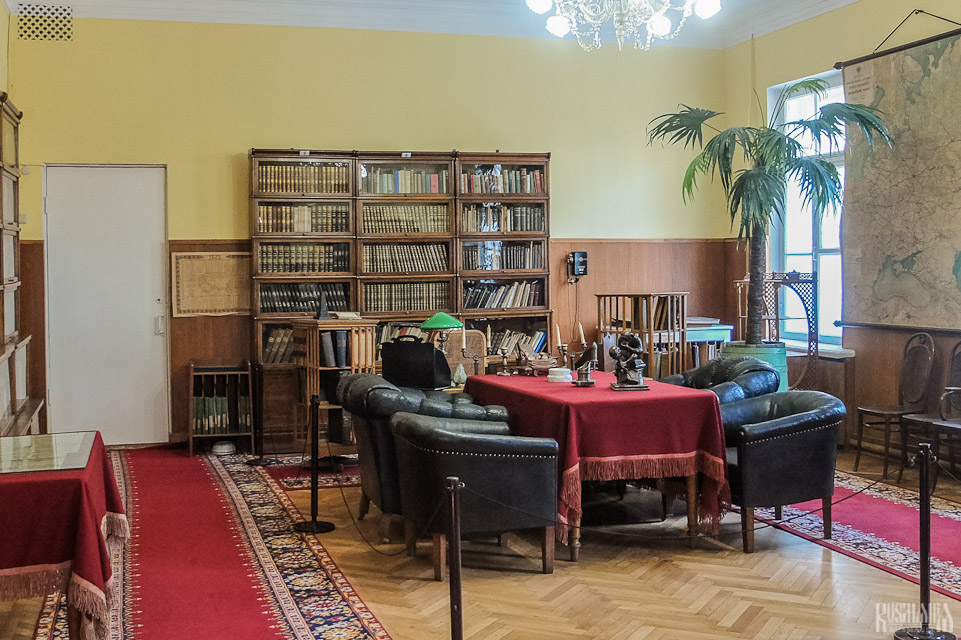
If you still have time you should then visit the Peasant Life Museum which is the only museum not dedicated to Lenin, although it is located in a Russian izba (wooden house) where Lenin met with peasants in 1921. The interiors have been recreated to replicate a traditional Russian peasant’s house at the turn of the 20th century.
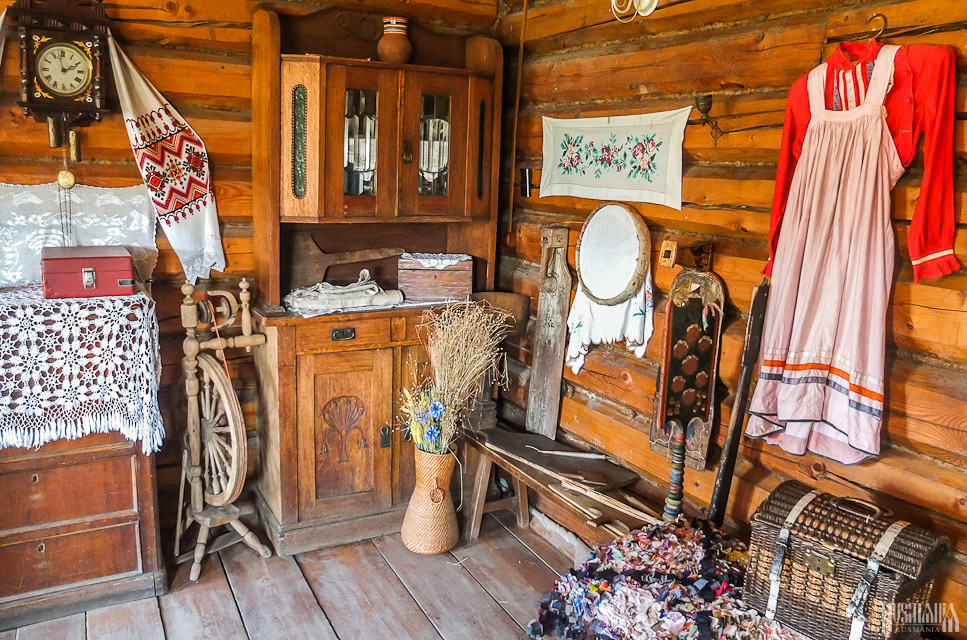
In addition there are several Lenin Statues dotted about the estate. The most interesting is the Funeral of the Leader Monument which is unlike every other Lenin statue as it depicts a dead Lenin being carried by grief-stricken workers.
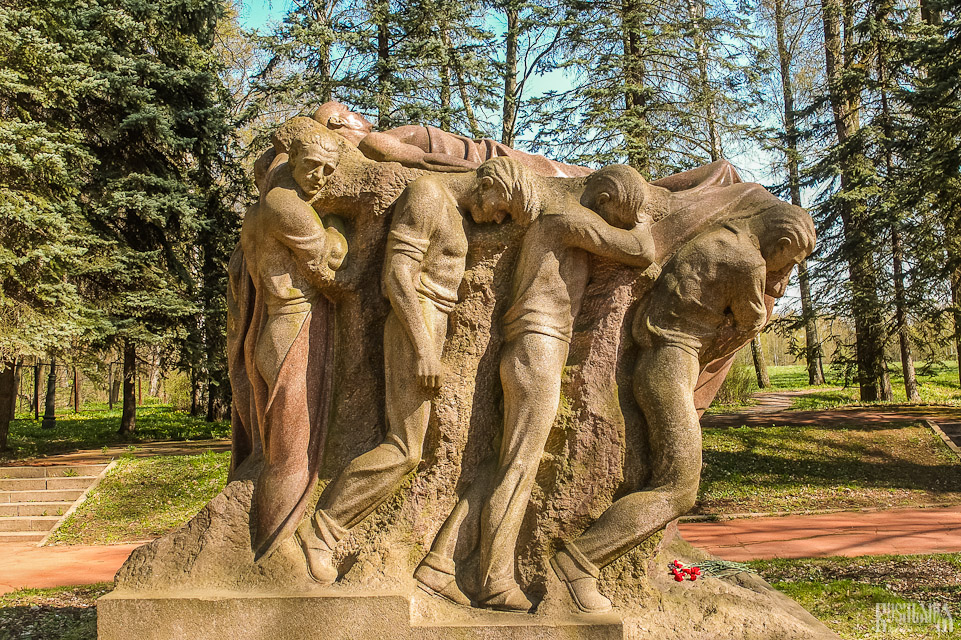
Souvenirs
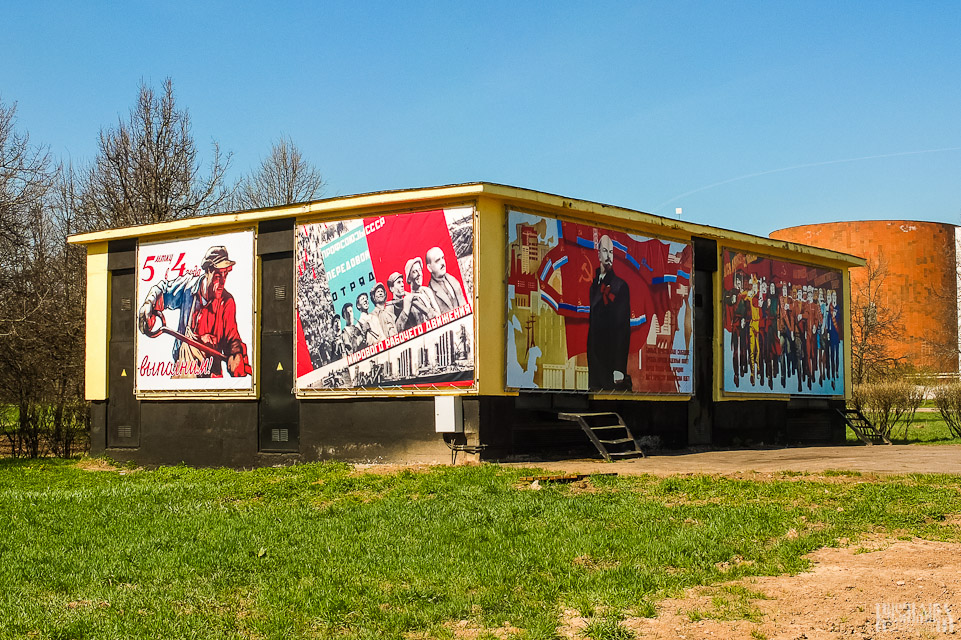
At the Lenin Museum you can buy various souvenirs and albums dedicated to Lenin and his work, as well as other souvenirs connected with the Soviet era.

